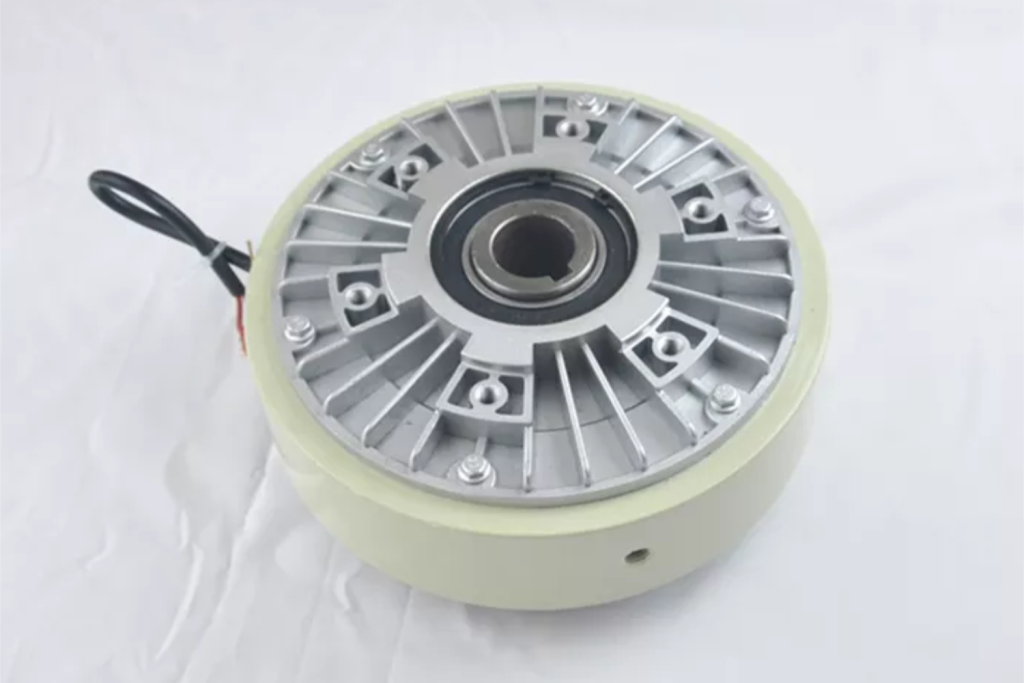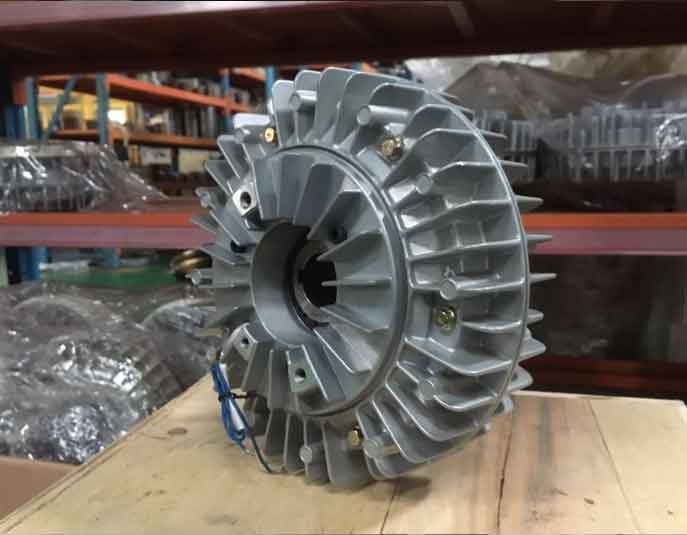Magnetic particle brakes have emerged as a crucial component in the realm of medical devices, offering precise and controllable torque transmission. This article explores the applications and advantages of magnetic particle brakes in the medical field, shedding light on their diverse uses and the impact they have on enhancing the performance of medical devices.
At its core, a magnetic particle brake is a device that utilizes the principles of magnetism to control the transmission of torque. The brake consists of two main components: a rotor and a stator. The rotor, typically connected to the input shaft of the device, contains magnetizable particles. The stator surrounds the rotor and is responsible for generating a magnetic field. By varying the magnetic field strength, the engagement of the brake and, consequently, the torque transmission can be precisely controlled.
Top 4 Applications of Magnetic Particle Brakes in Medical Devices
Magnetic particle brakes find a critical application in medical imaging devices, such as MRI machines. The controlled torque provided by these brakes ensures smooth and precise movements in components like gantries and patient tables. This precision is paramount for obtaining high-quality images and facilitating accurate diagnostics.
- MRI Machines: Ensures precise movement for high-resolution imaging.
- Surgical Robots: Controls torque for accurate and controlled robotic movements during surgeries.
- Ventilators: Enables precise control in the movement of ventilation components.
- Diagnostic Equipment: Used in various diagnostic devices for controlled operations.
Advantages of Magnetic Particle Brakes
One of the key advantages of magnetic particle brakes is their ability to provide precise control over torque and speed. This feature is particularly beneficial in medical devices where accuracy and consistency are paramount. The ability to fine-tune torque transmission allows for delicate and controlled movements, enhancing the overall performance of medical equipment.
Magnetic particle brakes operate without physical contact between components, leading to a maintenance-free and wear-free operation. In medical settings, where reliability is crucial, this characteristic ensures sustained performance over extended periods without the need for frequent maintenance interventions.
Challenges and Solutions
While magnetic particle brakes offer many advantages, overheating can be a concern, especially in applications with prolonged usage. To address this, manufacturers integrate cooling mechanisms, such as fans or heat sinks, ensuring optimal operating temperatures and preventing performance degradation.

Case Study: Magnetic Particle Brake in Surgical Robots
Surgical robots have become integral in modern medical procedures, requiring impeccable precision. Magnetic particle brakes play a pivotal role in these robots, allowing surgeons to control the robotic arms with unparalleled accuracy. The ability to adjust torque ensures that delicate procedures are executed with precision, enhancing the overall success of surgeries.
Top 4 Advantages of Magnetic Particle Brakes in Surgical Robots
| Advantages | Description |
|---|---|
| Precise Torque Control | Enables accurate and controlled movements during surgeries. |
| Maintenance-Free Operation | Ensures continuous and reliable performance without frequent maintenance. |
| Overheating Prevention | Integrated cooling mechanisms prevent overheating, ensuring optimal operation. |
| Enhanced Surgical Precision | Facilitates delicate procedures with the ability to finely tune torque transmission. |
Conclusion
The use of magnetic particle brakes in medical devices is poised to grow further as technology advances. Future innovations may include the integration of smart sensors for real-time monitoring and adaptive control, further enhancing the capabilities of these brakes in the medical field.
Magnetic particle brakes have revolutionized the landscape of medical devices by providing unparalleled control over torque and speed. From imaging machines to surgical robots, their applications are diverse and impactful. As technology continues to advance, the role of magnetic particle brakes in the medical field is set to evolve, promising even greater precision and reliability in the realm of healthcare.
